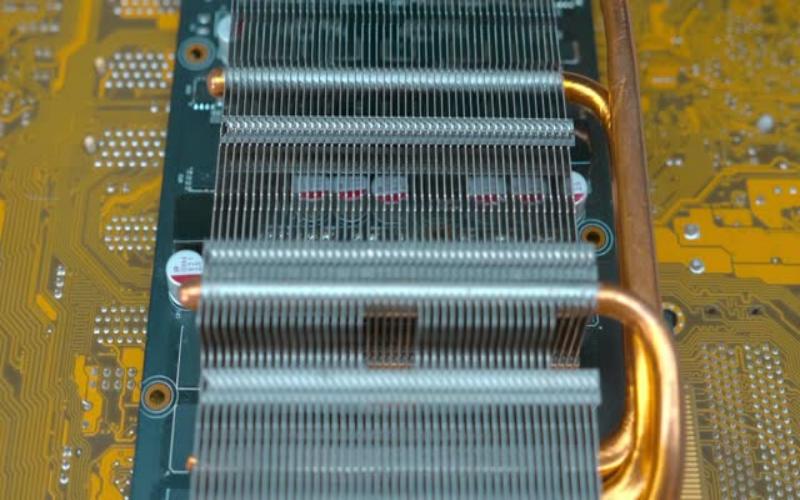Heat sinks are an essential component of many electronic devices, helping to dissipate heat and prevent overheating. They play a crucial role in maintaining the optimal operating temperature of various electronic components, such as computer processors and power amplifiers. In this article, we will explore How a heat sink works and why it is an essential part of modern electronics.
The Basics of Heat Transfer
Before delving into the specifics of heat sinks, it is important to understand the basics of heat transfer. Heat can be transferred through three main mechanisms: conduction, convection, and radiation. Conduction occurs when heat flows through a solid material, while convection involves the transfer of heat through the movement of fluid (liquid or gas). Radiation, on the other hand, refers to the emission of electromagnetic waves that carry heat energy.
Understanding Heat Sink Design
Heat sinks are designed to maximize the surface area available for heat transfer and enhance the efficiency of cooling mechanisms. They are typically made from materials such as aluminum or copper due to their high thermal conductivity. The design of a heat sink involves fins or ridges that increase the surface area, allowing for better heat dissipation.
Conduction in Heat Sinks
The primary method of heat transfer in heat sinks is conduction. The hot electronic component, such as a processor, comes into direct contact with the heat sink. The heat is then conducted through the solid material of the heat sink, which is in turn dissipated into the surrounding air.
Convection and Heat Sink Efficiency
Convection plays a significant role in the efficiency of heat sinks. As the heat is conducted through the heat sink's fins, air or another fluid passes over the surface of the fins, carrying away the heat. This convective heat transfer is enhanced by factors such as the airflow rate, the temperature difference between the heat sink and the surrounding air, and the design of the fins.
The Importance of Surface Area
One of the key design considerations for heat sinks is maximizing the surface area available for heat transfer. The greater the surface area, the more efficient the heat sink will be in dissipating heat. This is why heat sinks often have fins or other structures that increase the total surface area.
Thermal Interface Materials
To ensure efficient heat transfer between the electronic component and the heat sink, a thermal interface material (TIM) is often used. TIMs, such as thermal paste or pads, fill in any microscopic air gaps between the two surfaces, improving thermal conductivity and reducing thermal resistance.
Active vs. Passive Heat Sinks
Heat sinks can be categorized as either active or passive. Passive heat sinks rely on natural convection to dissipate heat, whereas active heat sinks incorporate additional cooling mechanisms, such as fans or liquid cooling systems, to enhance heat dissipation. The choice between active and passive heat sinks depends on factors such as the power dissipation of the electronic component and the available space for cooling systems.
Common Applications of Heat Sinks
Heat sinks are used in a wide range of electronic devices and applications. They are commonly found in computers, where they help cool the CPU, GPU, and other high-power components. Heat sinks are also used in power amplifiers, LED lights, solar panels, and various industrial equipment that generate significant amounts of heat.
The Future of Heat Sink Technology
As electronic devices become more powerful and compact, the demand for efficient heat sink solutions continues to grow. Advancements in heat sink design, materials, and cooling technologies are being explored to meet the increasing thermal management challenges of next-generation electronics.

